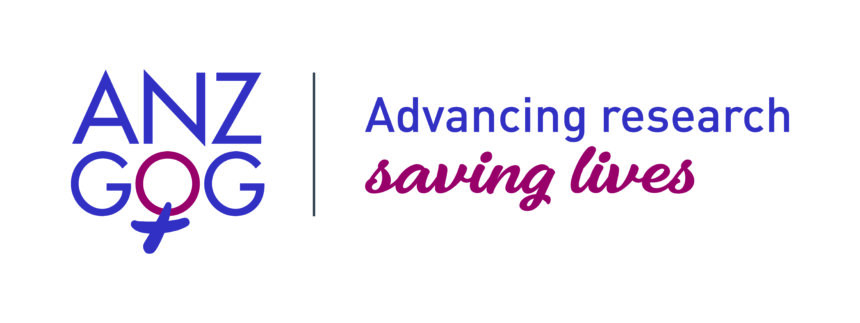
A groundbreaking report released today has unveiled a significant health challenge facing Australia: the rapid increase in uterine cancer diagnoses. The report, spearheaded by the Australia New Zealand Gynaecological Oncology Group (ANZGOG), reveals that uterine cancers are affecting women across nearly all age groups, with a pronounced impact on younger women. This surge is not only a personal health issue but a community-wide concern, impacting families and communities nationwide.
Professor Clare Scott AM, Chair of ANZGOG, emphasized the gravity of the situation, stating, “This comprehensive, evidence-based report now clearly shows that uterine cancers are a major and growing health challenge. Diagnoses are increasing across almost every age group, particularly younger women, and the impact is being felt by women, families and communities in every corner of the country.”
Disparities in Diagnosis and Care
The report, titled “State of the Nation,” sheds light on the stark inequities in uterine cancer outcomes across Australia. Aboriginal and Torres Strait Islander women, those in regional and remote areas, and women from lower socioeconomic backgrounds are disproportionately affected. These groups often face later diagnoses, limited access to specialist care, and higher mortality rates.
Professor Scott further highlighted the need for equitable healthcare, asserting, “Where a woman lives, her cultural background, financial circumstances, or where her cancer is located, should never determine her chance of surviving. Yet for too many women, the unspoken burden of uterine cancer is a reality they face every day. We can, and must, do better.”
Investment and Awareness: A Path Forward
The report underscores that up to 60% of uterine cancer cases could be preventable with increased awareness and research investment. Despite its growing prevalence, uterine cancer remains largely invisible in the national cancer dialogue. A staggering 94% of women are unaware of uterine or endometrial cancers, yet increased awareness could significantly reduce future diagnoses.
Between 2003 and 2020, uterine cancers received just $1 million per year in research funding, compared with $24.5 million per year for breast cancer, a 427% funding gap per diagnosis, per year.
This funding disparity has resulted in fewer treatment options for uterine cancer patients compared to those with breast cancer, highlighting an urgent need for investment in research and support services.
National Strategy for Change
The “State of the Nation” report proposes a comprehensive national plan to combat the rise in uterine cancer. It outlines five critical priorities: halving the incidence of uterine cancer, eliminating healthcare inequities, ensuring access to precision care, supporting women to live well, and investing in research and data.
A/Professor Yoland Antill, ANZGOG Director, stated, “Behind every number is a woman, her family, her community, and often a story of silence and isolation. This report is a wake-up call. Uterine cancers have largely been unseen, unsupported, and underfunded for far too long.”
ANZGOG’s Role in Advancing Research
For over 25 years, ANZGOG has been at the forefront of gynaecological cancer research and education in Australia and New Zealand. By uniting clinicians, researchers, and individuals with lived experiences, ANZGOG continues to drive innovation in prevention, diagnosis, treatment, and survivorship outcomes.
The organization has facilitated over 60 clinical trials across various gynaecological cancers, involving more than 4,500 patients. These trials are conducted through over 80 hospital sites, supported by both local and global research collaborations, ensuring that the voices of women with lived experiences are central to their mission.
Professor Scott concluded, “This report outlines an agenda for change. No single organisation can tackle the rising burden of uterine cancers alone. ANZGOG is committed to working with government, partners and the sector to reverse the rise in uterine cancer and ultimately save lives.”
The report’s findings and proposed strategies offer a clear path forward, emphasizing the need for a united effort to address this growing health crisis and improve outcomes for Australian women.







